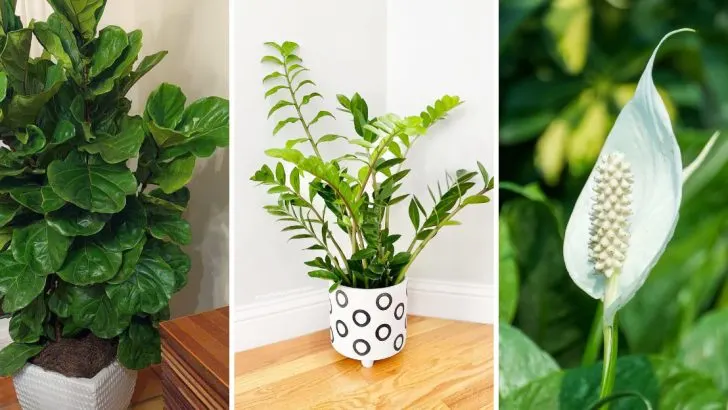Winter can be a challenging season for many houseplants, even the most popular ones. As temperatures drop and daylight hours shrink, the cozy conditions inside our homes can still be harsh for these plants. Issues like dry air from heaters, lower light levels, and inconsistent watering routines can leave some houseplants struggling to thrive.
In this guide, we’ll uncover 12 beloved houseplants that often face winter woes and explore why they’re susceptible to seasonal stress. Plus, we’ll share tips to help your greenery weather the cold months and stay healthy until spring returns.
Fiddle Leaf Fig
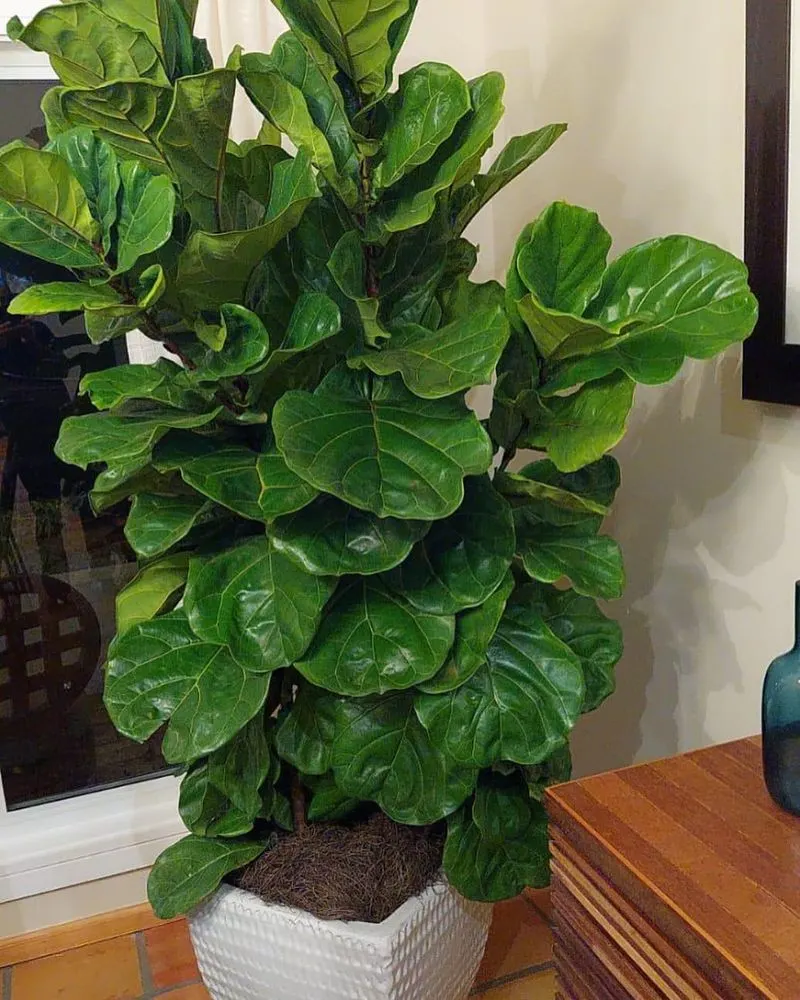
When winter arrives, fiddle leaf figs can become a bit fussy. They crave consistent warmth and indirect light, which become scarce as the days shorten. Try positioning your fig near a south-facing window to maximize exposure. Avoid drafts from windows or doors, as sudden temperature changes can shock their system. It’s crucial to maintain humidity levels; consider placing a humidifier nearby. Overwatering is another pitfall; allow the top inch of soil to dry between waterings. With these adjustments, your fiddle leaf fig can weather the chilly season with grace, maintaining its glossy, vibrant leaves.
Boston Fern
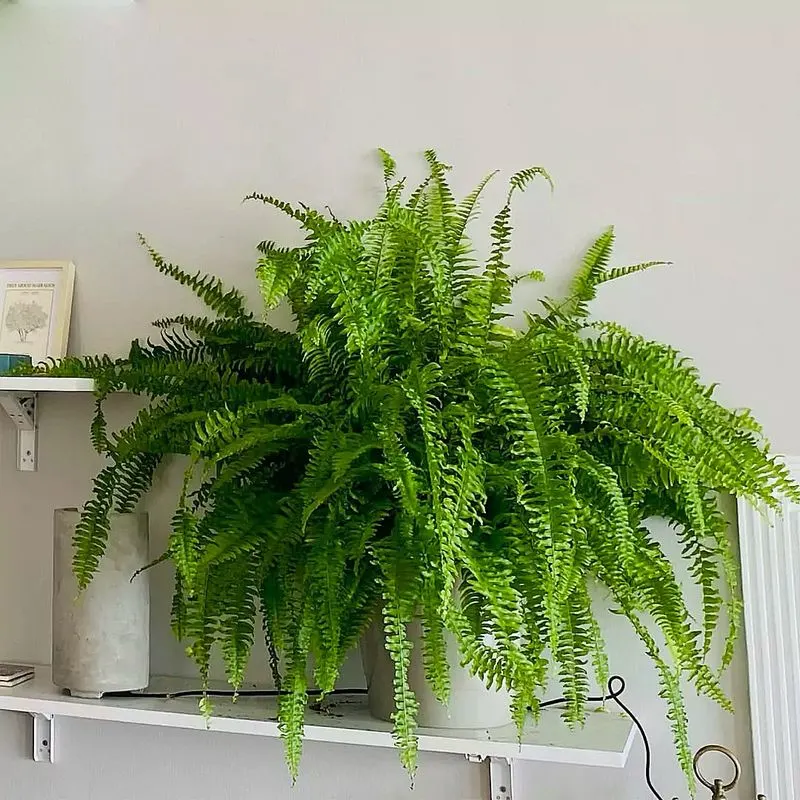
Boston ferns are one of those plants that truly despise dry winter air. Their delicate fronds thrive in humidity, which can plummet indoors during colder months. To combat this, misting the leaves regularly or using a pebble tray with water can provide some relief. Placement is key; keep them away from radiators and heating vents that dry out the air further. Regular watering is necessary, but be cautious not to leave them waterlogged. With a little extra attention, these ferns can still offer a touch of green elegance to your space even in the dead of winter.
Peace Lily
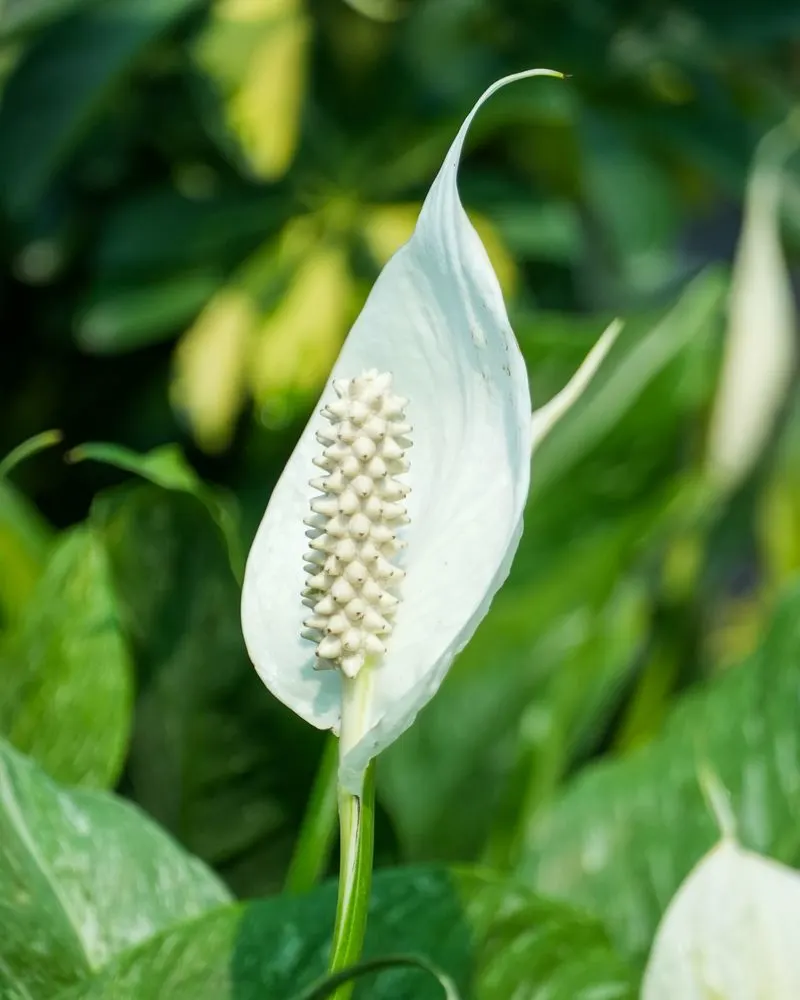
Peace lilies might appear robust, but they are sensitive to the winter indoor environment. They prefer a warm spot with filtered light, away from chilly drafts. When watering, ensure the soil remains moist but not soggy, as overwatering is a common mistake. If the edges of the leaves start to brown, it might be a sign of low humidity. Increasing the surrounding humidity can help, along with regular leaf wiping to keep them dust-free. Despite their finicky nature, peace lilies can still bloom indoors, providing a splash of white amidst the winter gloom.
Snake Plant
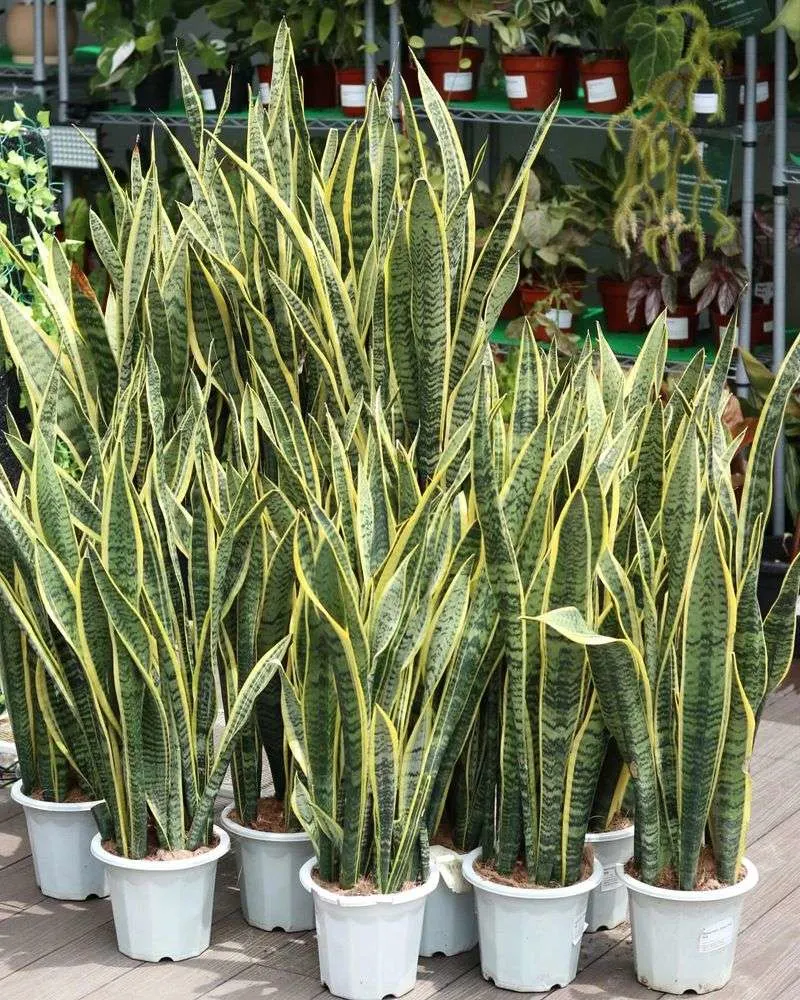
Renowned for their hardiness, snake plants are surprisingly vulnerable to cold drafts. Their thick, sword-like leaves prefer stable temperatures and indirect sunlight. During winter, they require less water, so ensure the soil dries out completely between watering sessions. Position them away from cold windows where temperatures can drop significantly at night. While they’re low-maintenance, ensuring their environment remains consistent is key to their winter survival. With minimal adjustments, snake plants can continue to add their structural beauty to any room, undeterred by the winter chill.
Aloe Vera
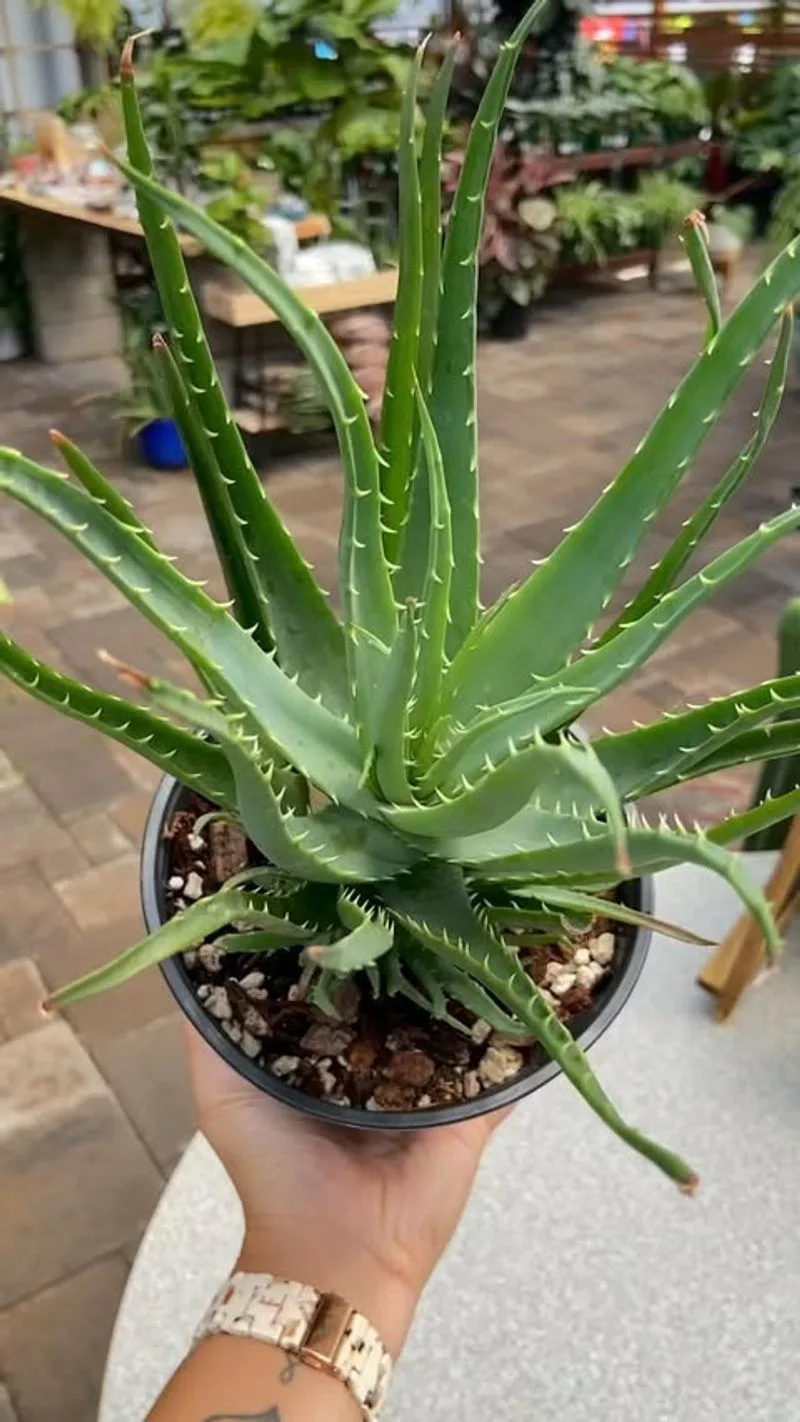
Aloe vera, known for its soothing gel, often struggles indoors during winter. These succulents demand bright light, making a sunny window essential for their well-being. Overwatering is a common issue; ensure the soil fully dries before the next watering. Cold drafts can cause leaf spots, so keep them away from open windows. If you notice the leaves sagging or turning brown, it could be a sign of distress. Providing a consistent environment with ample light and careful watering can help aloe vera maintain its health all winter long.
Spider Plant
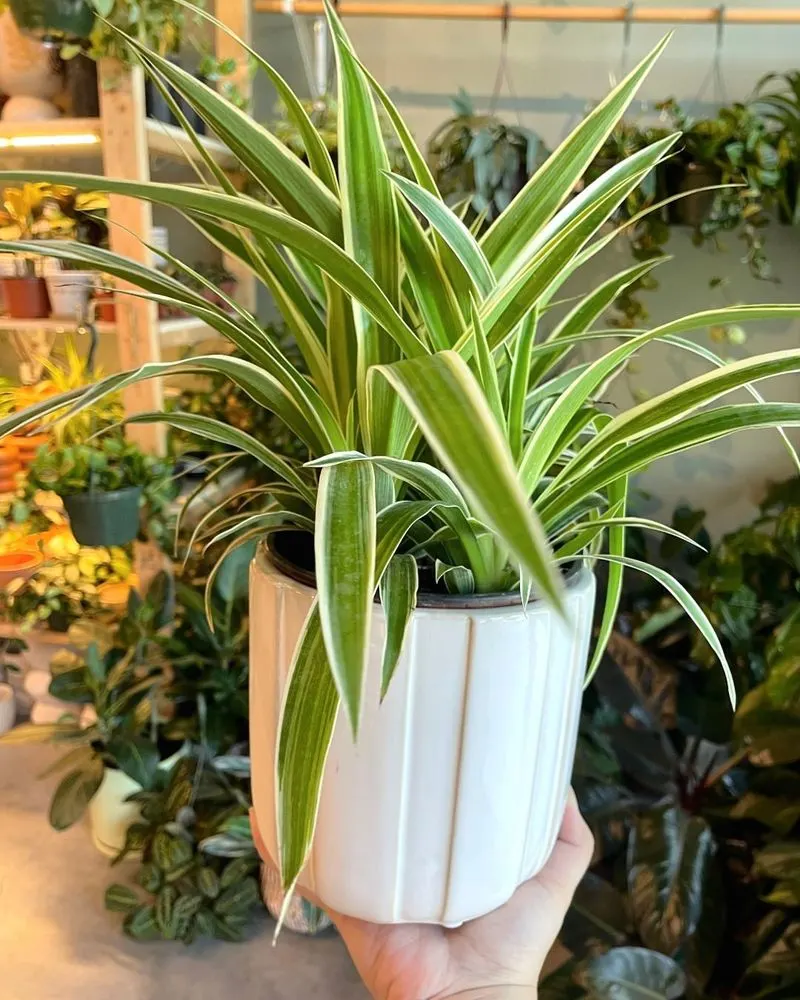
Spider plants are normally resilient, but the dry indoor air of winter can take its toll. This plant benefits from regular misting to mimic the humidity of its natural environment. Be mindful of brown leaf tips, a telltale sign of low humidity. They thrive in indirect light; too much sun can scorch their leaves. While they’re forgiving of infrequent watering, ensure the soil doesn’t dry out completely. By adjusting their care routine slightly, spider plants can continue to purify the air and add their charming greenery to your home, even in colder weather.
Jade Plant
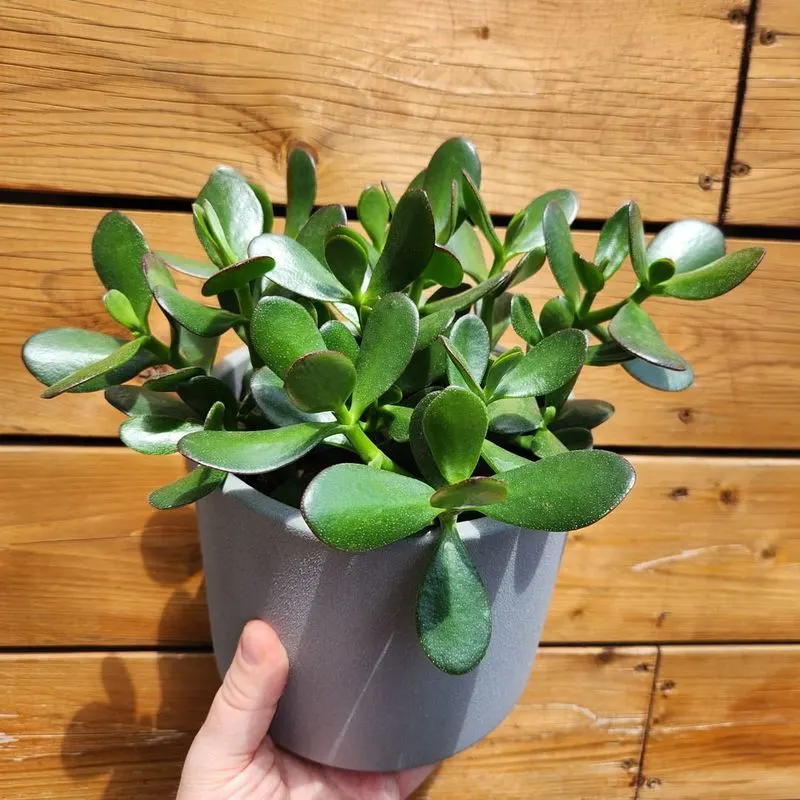
With their thick, fleshy leaves, jade plants are often thought to be invincible, yet winter can pose challenges. These succulents need bright, indirect light, so a south-facing window is ideal. Water sparingly, allowing the soil to dry out between waterings, as overwatering is a common mistake. Cold drafts should be avoided to prevent leaf drop. If you notice wrinkled leaves, it might be a sign of dehydration. With careful attention to light and temperature, jade plants can continue to thrive, adding their unique appeal to your living space.
ZZ Plant
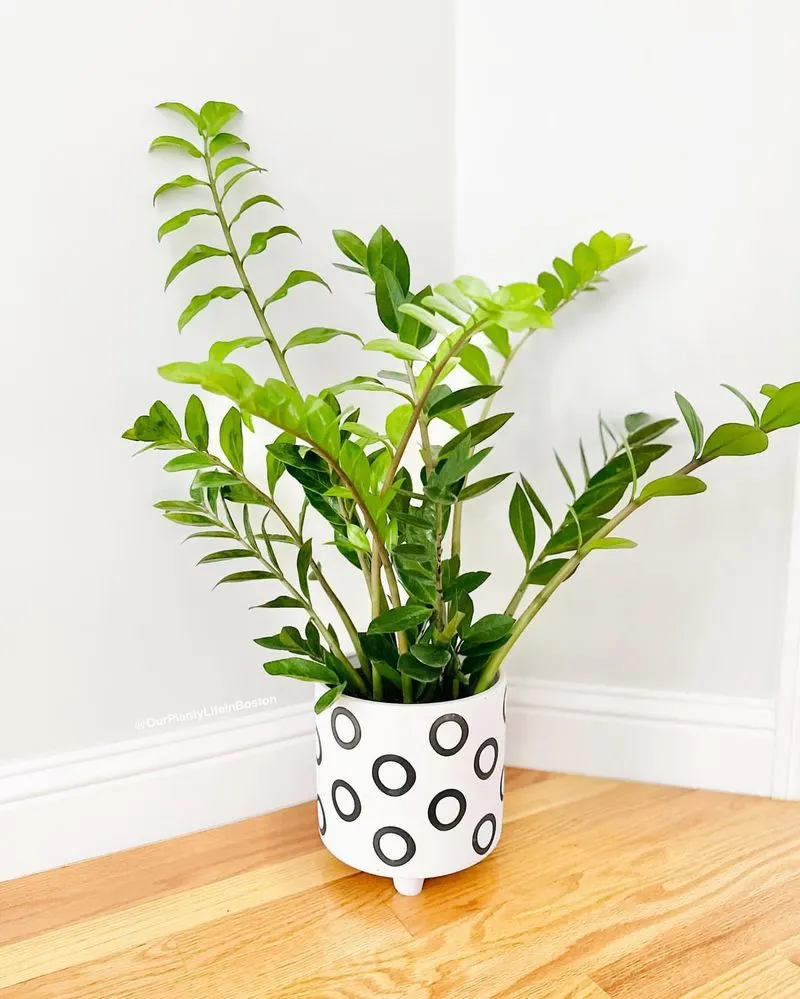
ZZ plants are often celebrated for their resilience, yet winter can test their endurance. They prefer low to moderate light, making them suitable for locations away from windows. However, they’re sensitive to cold drafts and sudden temperature changes, which can lead to yellowing leaves. Watering should be infrequent; let the soil dry out completely between sessions to prevent root rot. Despite the seasonal challenges, ZZ plants can remain a steadfast, low-maintenance presence indoors, offering their shiny green leaves as a touch of nature in any setting.
Rubber Plant
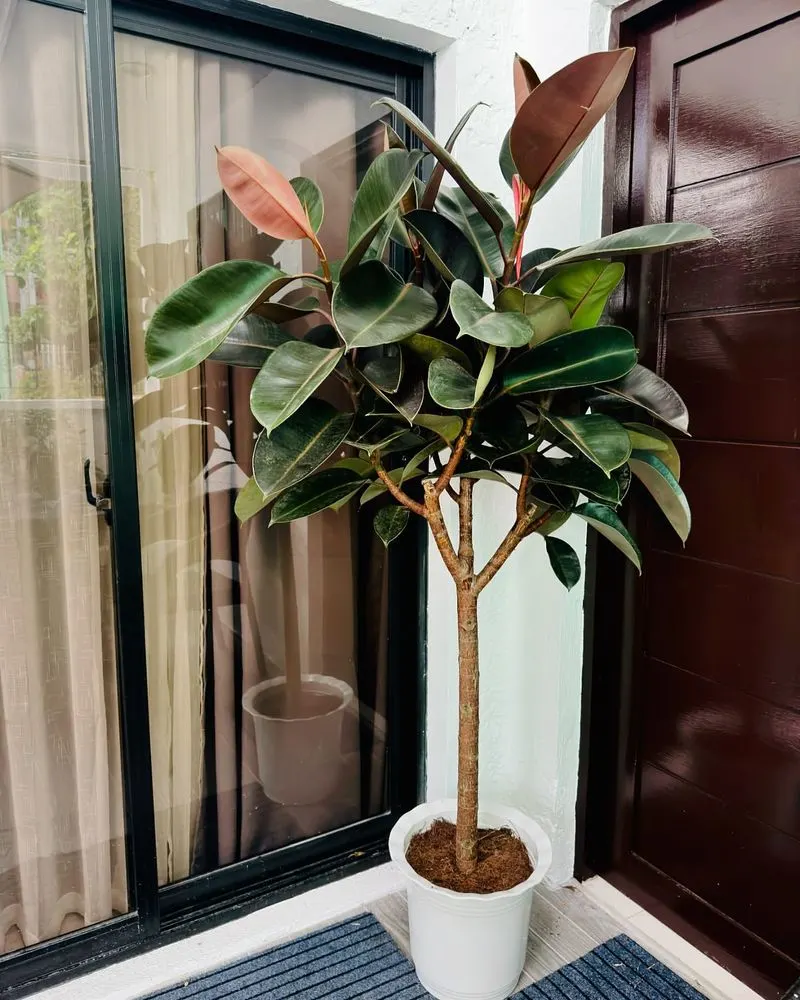
Rubber plants can be finicky during winter as they adjust to lower light levels and drier air. To keep them healthy, place them in a spot with bright, indirect light, avoiding direct sun that can scorch their leaves. A consistent watering routine is crucial, allowing the soil surface to dry out slightly between waterings. They’re also prone to dust accumulation, so regular leaf cleaning is beneficial. With careful management of light and moisture, rubber plants can maintain their striking presence, adding a bold touch to indoor spaces even in colder months.
Orchid
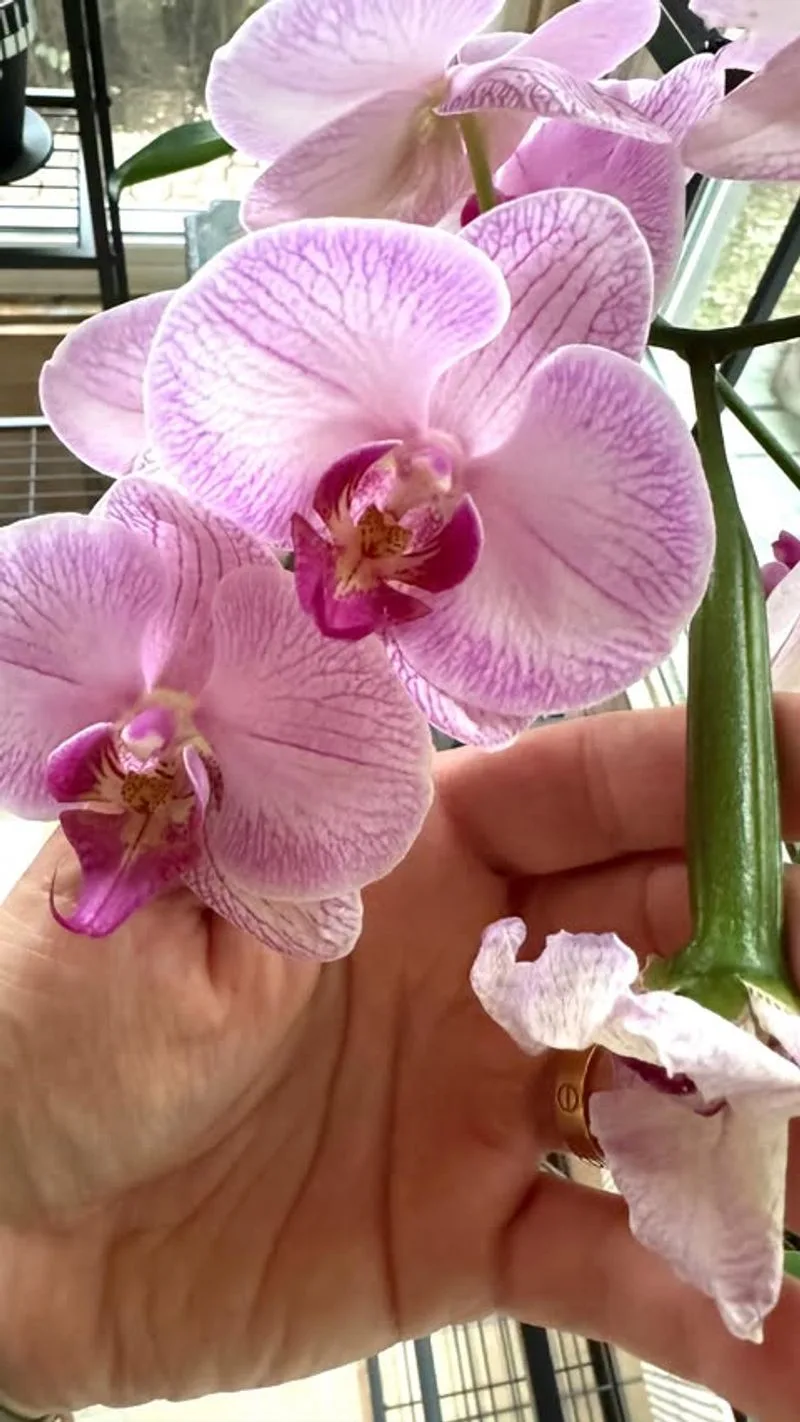
Orchids, with their exotic blooms, can be a challenge to maintain through the winter. They need bright, indirect sunlight and a controlled watering schedule to prevent root rot. Humidity is essential, so consider using a humidity tray. Avoid placing them near heaters where they can dry out quickly. If the leaves become limp, it might indicate a need for more light or moisture. By maintaining these conditions, orchids can continue to blossom, offering their elegant blooms as a reminder of tropical climates, even amid the winter cold.
Calathea
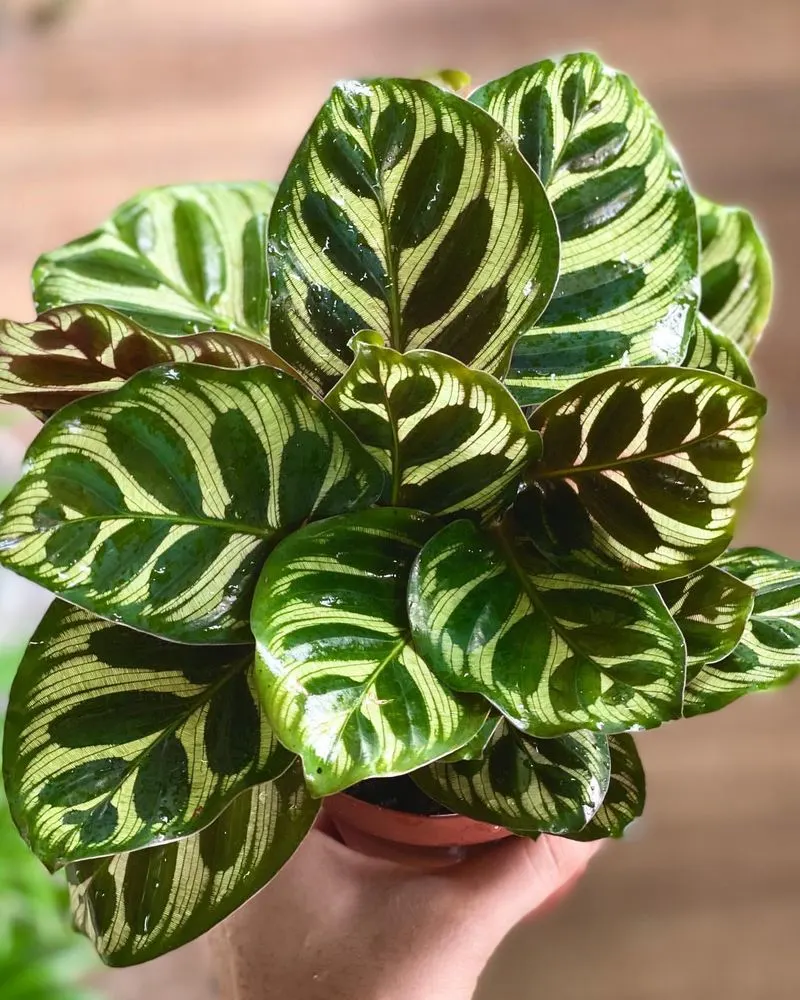
Calatheas are known for their striking foliage but can struggle in the winter months. They require high humidity and gentle, indirect light to thrive. Without these conditions, their leaves may curl or develop brown edges. Using a humidifier or placing the plant in a naturally humid area, like a bathroom, can help. Consistent, moderate watering is key, avoiding both dryness and sogginess. With these adjustments, calatheas can maintain their vibrant patterns and continue to be a focal point in your home, even as winter persists.
Begonia
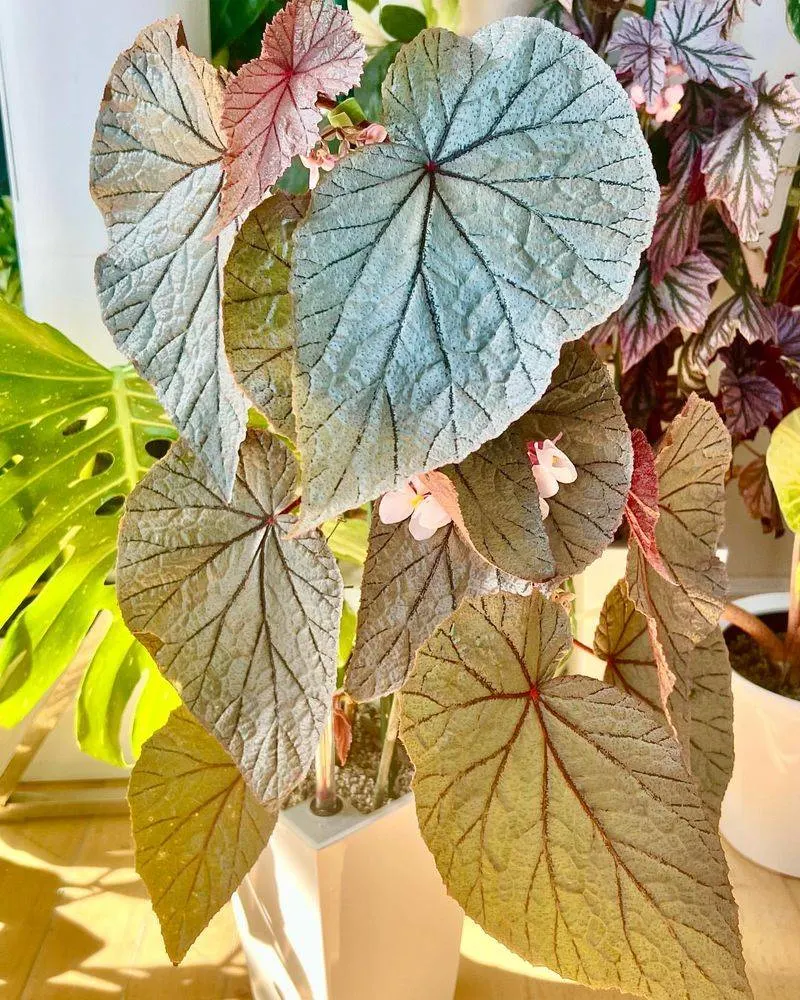
Begonias, cherished for their colorful blooms, can face difficulties when winter sets in. They need bright, indirect light, so placing them near a window is beneficial. Misting the leaves can help maintain humidity, crucial for their survival. Watering should be balanced; too much can lead to root rot, while too little can cause wilting. If you notice yellowing leaves, it may indicate overwatering or poor light conditions. By carefully balancing these elements, begonias can continue to offer their vibrant beauty and charm throughout the colder months.

